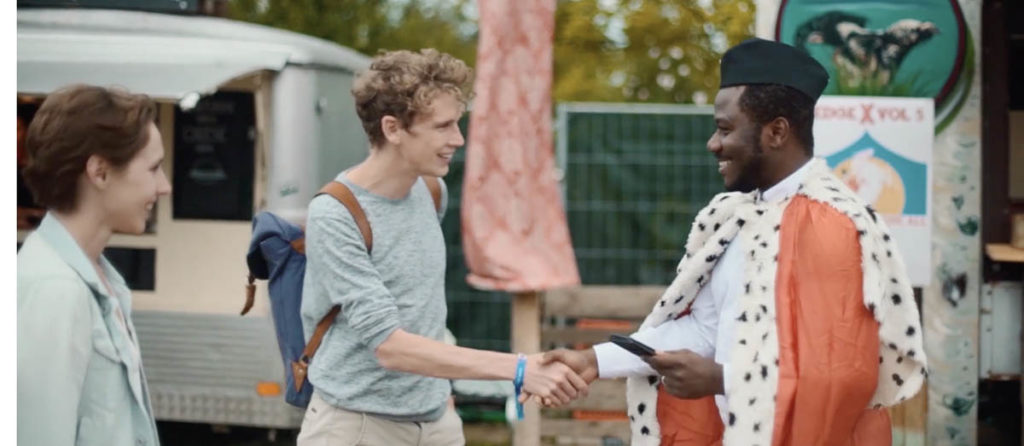Often, what we call “reality” is but one aspect of the Big Picture. While we may have been led to believe that our version of reality is the only or better version, there may be other versions of reality that can help us if we are open to learning from them. The joy of true learning lies in progressively discovering new aspects of the Big Picture and expanding our understanding of how big reality truly is!
We must not assume that our experiences and beliefs are the only valid ones. There are many cultures, races, and values around us which are not necessarily better or worse than ours. The key question is not whether these values are right or wrong, but whether they empower or disempower us. It is thus very important to remain open to new perspectives.
A new discovery is not seeing new landscapes but having new eyes.
When in conversation with others who seem to disagree with one’s position about a thing, we should not be quick to disprove their positions. Most times, people speak from different perspectives, experiences or knowledge base which justifies and validates their positions. To them, their put-downs are just as valid as ours. The difference is in the context and their perspective on the topic being discussed.
It is easy to strongly challenge the position of others on a topic, especially when it negates our own value systems. However, it is important to respect where they are coming from. When we open ourselves to embrace and learn from other realities, we give ourselves the opportunity to explore our endless possibilities.
Here are 10 pragmatic considerations for reaching alignment and learning from others (ideas from the book – How to have a beautiful mind by Edward de Bono):
- Genuinely seek points of agreement in what the other person is saying
- There is no contribution if you simply agree with everything
- Being argumentative is not at all beautiful, there are better methods of exploring a subject
- There is no need to be ‘right’ all the time. Remove your ego from the discussion and focus instead on the subject matter
- It is possible that different opinions have their own validity
- Make a real effort to see where the other person is coming from. See if there are any circumstances in which the other person’s views might be right
- When you disagree, do so politely and gently rather than aggressively or rudely
- Where emotions, prejudices and stereotypes appear to be used, you may want to indicate these
- It is very important to challenge ‘certainty’ and to suggest ‘possibility’ instead
- Seek to reconcile the differences and then agree to differ on what cannot be reconciled
This article contains excerpts from the book Liberty Dancehouse. Also, check out my website – https://kehindefawumi.com/

